The Tariff Trap.
• Manufacturing costs are soaring.
• Healthcare supply chains are disrupted.
• Hospitality margins are vanishing.
Every industry is feeling the squeeze. Your organization faces an impossible choice: absorb crippling cost increases and watch margins disappear, or raise prices and risk losing customers .
But here’s the truth: there is a third option.
⸻
Why Tariffs are More Than a Passing Problem
Tariffs aren’t a temporary nuisance. They fundamentally change competitive dynamics while customer expectations remain the same. Every day you delay action, your options narrow:
• Your finance team reports shrinking margins.
• Your sales team faces pushback on price increases.
• Your operations team is told to “do more with less”—without direction.
• Your competitors make desperate moves to keep market share .
Traditional responses don’t work:
• Cost-cutting creates short-term relief but long-term weakness.
• Across-the-board price hikes drive customers to competitors.
• Doing nothing guarantees disaster.
The situation demands transformation, not reaction.
⸻
The Lean Six Sigma Escape Route
Lean Six Sigma provides a structured, proven methodology to break free from the Tariff Trap. Instead of reacting to external forces, you transform internal operations to deliver strategic operational excellence.
Organizations that apply Lean Six Sigma principles consistently achieve:
• 30–40% reductions in operational costs
• Improved quality and reliability
• Sustainable competitive advantage
You don’t just survive tariffs—you transcend them .
⸻
How Lean Six Sigma Works as a Strategic Solution
Lean Six Sigma combines two powerful approaches:
• Lean: Eliminates the eight forms of waste—transportation, inventory, motion, waiting, overproduction, overprocessing, defects, and underutilized skills.
• Six Sigma: Reduces variation and builds processes that deliver predictable, high-quality outcomes.
Together, they enable organizations to achieve more with less.
⸻
Four High-Impact Countermeasures Against Tariffs
Here are four Lean Six Sigma–driven initiatives any organization can adopt to offset tariff pressures:
1. Structured Waste Identification
Systematically examine your value stream to find and eliminate hidden waste. For most organizations, up to 90% of activities add no customer value. Eliminating these inefficiencies creates cost savings larger than the tariff increases.
👉 Example: A manufacturer hit with a 15% tariff on imported steel saved 22% in operating costs by cutting excessive handling, redundant inspections, and rework.
⸻
2. Focused 5S Implementation
Organize workplaces using the 5S framework (Sort, Set in Order, Shine, Standardize, Sustain). This reduces wasted motion, prevents errors, and speeds up processes—improving labor productivity without adding cost.
👉 Example: A healthcare facility reduced supply retrieval time by 40% through 5S, offsetting higher equipment costs caused by tariffs.
⸻
3. Visual Performance Management
Implement dashboards and boards that make performance immediately visible to all stakeholders. When employees see problems in real time, they correct them before they escalate into costly failures.
👉 Example: A hospitality group reduced linen costs by 18% by monitoring usage and shrinkage daily, rather than monthly.
⸻
4. Rapid Experimentation Cycles
Use Plan-Do-Check-Act (PDCA) to quickly test improvement hypotheses. Small, fast cycles of change drive learning and results without major investments.
👉 Example: A logistics company piloted a Lean redesign of one distribution center, achieving 25% cost savings, then rolled the changes across the network.
⸻
Industry Applications: From Survival to Advantage
• Manufacturing: Turn waste elimination into competitive pricing, protecting market share.
• Healthcare: Redirect efficiency gains into enhanced patient care despite higher supply costs.
• Hospitality: Transform operational excellence into superior guest experiences at stable prices .
⸻
Why Delay is the Greatest Risk
Every month you wait, your options narrow. Margins erode, customer loyalty weakens, and competitors gain ground. The choice isn’t between pain and relief—it’s between:
• Remaining trapped by external forces you can’t control, or
• Escaping the trap by transforming what you can control—your operations.
⸻
The Call to Action: Avoid the Tariff Trap
Tariffs, inflation, and disruptions are today’s reality. But Lean Six Sigma offers a strategic escape hatch.
It’s not about cutting corners. It’s about building smarter, stronger, more resilient operations that deliver sustainable value.
✅ Explore Lean Six Sigma training and certification—whether Yellow Belt for foundational skills or Green Belt for advanced project leadership.
✅ Empower your teams to systematically eliminate waste and variation.
✅ Turn external pressures into internal advantages.










